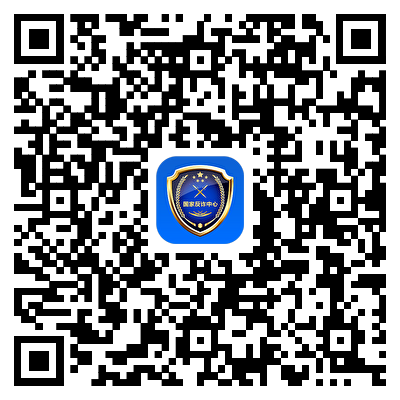From Chinese Reference to English: A Guide for Writing Research Papers
Introduction:
In a globalized research landscape, it becomes essential for researchers to present their work in English, the lingua franca of the academic world. This not only ensures wider dissemination of their findings but also facilitates collaboration with international scholars. In this article, we will explore the process of effectively transforming Chinese reference materials into high-quality English content for research papers. By following the guidelines outlined here, you can enhance the clarity and impact of your work, thus strengthening its contribution to the field of study.
I. The Importance of Language in Research Paper Writing:

Language plays a crucial role in the success of a research paper. In the age of artificial intelligence and natural language processing technologies, clear and concise language is even more ViTal. When converting Chinese reference materials into English, it is necessary to ensure that the intended meaning is accurately conveyed. This requires carefully selecting appropriate vocabulary, using grammatically correct sentences, and adhering to the conventions of academic writing.
II. Strategies for Effective Transformation:
1. Understanding the Context: Before translating Chinese reference materials into English, it is essential to have a comprehensive understanding of the topic at hand. This includes grasping the underlying concepts, theories, and methodologies employed in the original work. By developing a strong foundation of knowledge, you can ensure accurate and precise translation.
2. Translating with Accuracy: Accurate translation involves more than just substituting words from one language to another. It is crucial to capture the essence and meaning of the original text while considering the nuances of the English language. Employing bilingual skills or seeking assistance from language experts can help achieve the desired level of accuracy.
3. Revising for Clarity: After translating Chinese references into English, it is necessary to revise the content to improve clarity and coherence. This includes arranging information logically, structuring sentences appropriately, and ensuring smooth transitions between paragraphs. Revisiting the original Chinese reference materials periodically throughout the revision process can help mAIntain the intended meaning.
III. The Role of Plagiarism Checkers:
With the growing significance of academic integrity, plagiarism checkers have become invaluable tools for researchers. These software applications compare newly written content against existing literature, thus identifying potential instances of plagiarism. By incorporating plagiarism checkers into the research writing process, scholars can ensure the originality and uniqueness of their work while avoiding unintentional similarities with existing literature.
Conclusion:
Effectively transforming Chinese reference materials into English is a fundamental step for researchers seeking to disseminate their work globally. By understanding the importance of language in research paper writing and employing the strategies discussed in this article, researchers can enhance the impact and readability of their work. Furthermore, by utilizing plagiarism checkers, scholars can ensure the originality and reliability of their research output. Embracing these best practices will undoubtedly contribute to the advancement of knowledge in the field of study.














 津公网安备12011002023007号
津公网安备12011002023007号